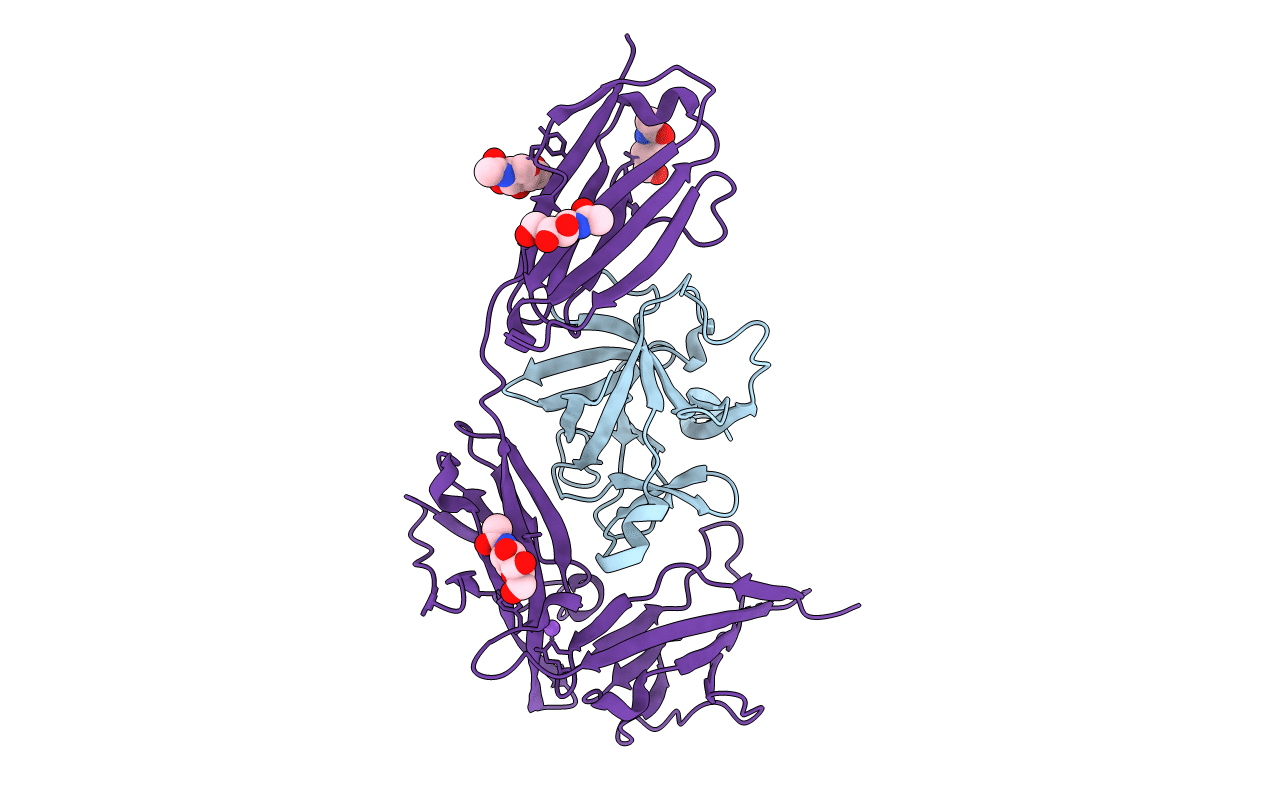
Deposition Date
2012-07-25
Release Date
2013-02-20
Last Version Date
2024-10-16
Entry Detail
PDB ID:
4GAF
Keywords:
Title:
Crystal structure of EBI-005, a chimera of human IL-1beta and IL-1Ra, bound to human Interleukin-1 receptor type 1
Biological Source:
Source Organism:
Homo sapiens (Taxon ID: 9606)
Host Organism:
Method Details:
Experimental Method:
Resolution:
2.15 Å
R-Value Free:
0.27
R-Value Work:
0.21
R-Value Observed:
0.21
Space Group:
C 2 2 21


